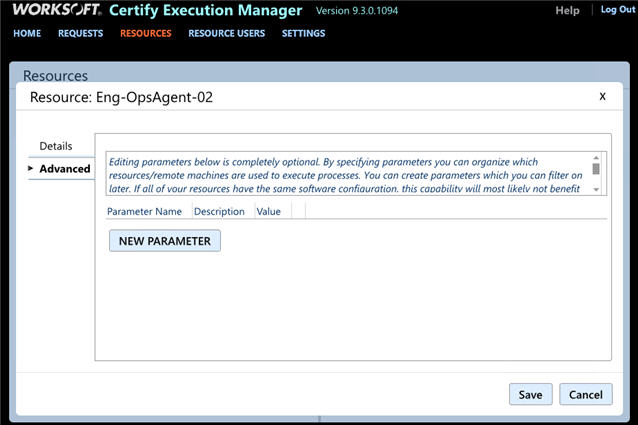

The function returns only double type random numbers between 0.0 and 1.0, which of course, can be type cast to int, or long. Parameters Of Java Math random () There are no parameters to the Math.g.0 (exclusive). Currently, max is excluded from the interval. Use Random.nextInt(numSides) instead - it will return an integer from 0,numSides) i.e. Return Values Of Java Math random() Return Type : double. const x Math.random() (max - min) Here x is the random value. Random.nextInt() has unpredicable behaviour - it can produce all values possible for an integer, including negative numbers. Parameters Of Java Math random() There are no parameters to the Math.random() function. You seem to have known that though I don't know why you used %. Here, Math is the class and random() is the method.

This is known as 0 (inclusive) to int (exclusive), so you have to add 1 to adjust the range to the die. The nextInt(int) method picks an integer from and including 0 to but not including the int. It is a function that gives you a random number. The following example shows the usage of.

Let’s see how we’d use it to get a random number in a given range defined by min and max: int randomWithMathRandom ( int) ( (Math. Declaration : public int nextInt () Parameters : NA Return Value : The method call returns the next integer number from the sequence Exception : NA. The random method of the Math class will return a double value in a range from 0.0 (inclusive) to 1.0 (exclusive). Just thinking: another possibility is to get rid of the fractions by multiplying with a constant multiplier, and then build an array with the size of this multiplier. () : The nextInt () is used to get the next random integer value from this random number generator’s sequence. Roger Lindsj at 10:57 GworfHi For 0 - 100 use int abc (int)Math. If you generate N uniform random numbers on the interval (0,1) and count the number less than p, then the count is a binomial random number with parameters N and p. This method belongs to the class, so you need to import this class before implementing this method. A binomial random number is the number of heads in N tosses of a coin with probability p of a heads on any single toss. The Math.random() method returns a pseudorandom number of data type double.The range of this random number is given by the following limit: 0.0 x < 1.0 0.0leq x <1.0 0.0 x < 1.0 where x x x is the random number. In Java 8, is enhanced to return an effectively unlimited stream by passing origin and bound parameters.You only need to initialize Random r and int roll once each so I have removed them from the loop. Yours is a pretty good way already and works well with any range. at 22:57 What version is that The first line gives me 'Type mismatch: cannot convert double to int' which is what I would expect. For example, consider binomial random numbers.
ADDING PARAMETERS TO MATH.RANDOM JAVA SERIES
If you need a series of random numbers, you should create an instance of and invoke methods on that object to generate numbers. Using Math.random works when you need to generate a single random number.


 0 kommentar(er)
0 kommentar(er)
